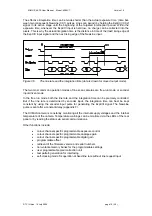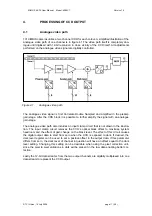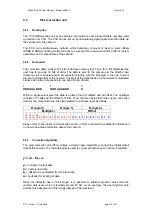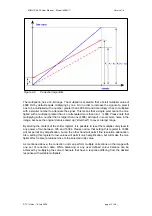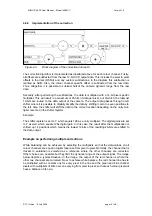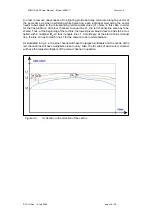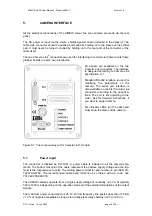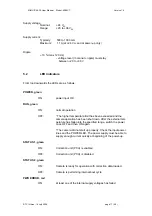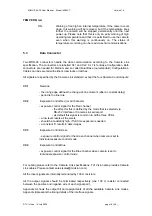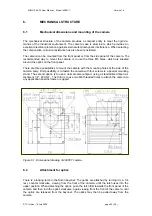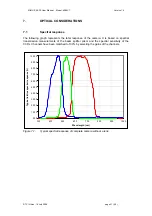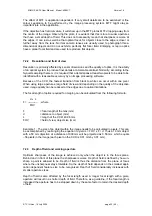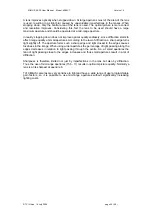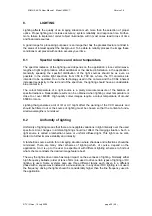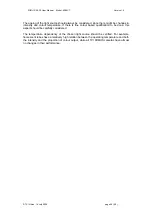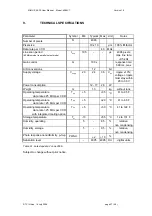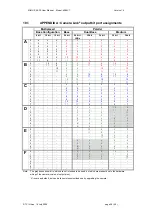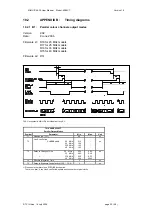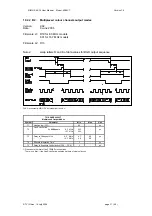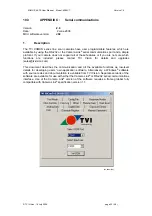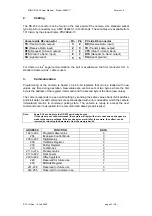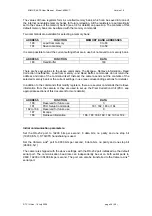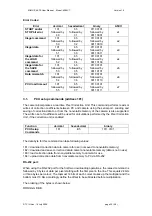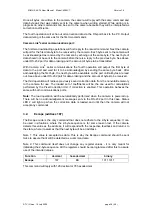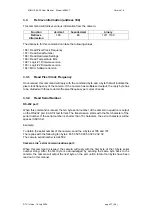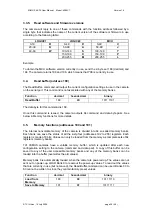
XIIMUS 4K CL User Manual. Model: 4096CT. Version 1.4
A lens improves optically when stopped down. At large apertures most of the area of the lens
is used, resulting in a slight blur caused by unavoidable imperfections in the lenses. When
stopping down, only the central area of the lens is used. The optical picture is more correct
and resolution improves. Considering this fact the lens to be used should have a large
maximum aperture and should be operated at a mid-range aperture.
In reality, stopping down does not improve optical quality endlessly, since diffraction starts to
affect image quality at small apertures. According to the law of diffraction a sharp edge turns
light slightly off. The aperture forms such a sharp edge and light closest to the edges causes
fuzziness in the image. When using wider apertures the percentage of light passing along the
edges decreases in relation to light passing through the centre. So, at small apertures the
ratio of light passing close to the edges increases and thus small apertures result in a lot of
diffraction.
Sharpness is therefore limited not just by imperfections in the lens but also by diffraction.
Thus, the use of mid-range apertures (f5.6 - 11) results in optimum picture quality. Normally a
lens is at its sharpest at aperture 8.
TVI XIIMUS cameras are very sensitive to light and have a wide range of user programmable
gain factors, so it is possible to use mid-range apertures without significantly increasing
lighting costs.
© TVI Vision, 14 July 2006 page 24 ( 56 )

